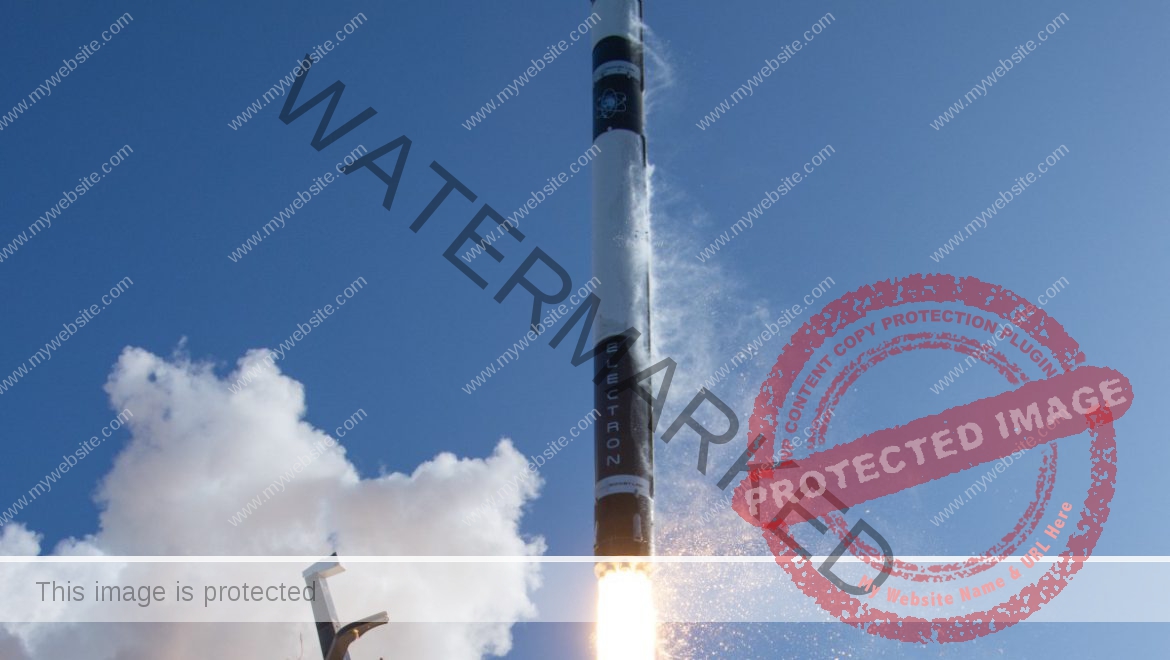Global Founders Capital, the Berlin-based early stage VC firm with close ties to the German startup factory Rocket Internet, is going to become the venture arm of Rocket Internet.
The VC previously raised two $1 billion funds and, just a few years ago, its name appeared in dozens of deals per year. But then, things quietened down. Now we know why: Going forward, it’ll exclusively invest from Rocket Internet’s balance sheet.
Last year the Financial Times reported that Global Founders Capital was in the middle of a big strategic shift. A couple of weeks ago the VC firm reached out to TechCrunch to confirm the pivot and discuss the reasons behind the shift.
“To be transparent, there have been quite a few changes at Global Founders Capital in recent years — in terms of the structure of the fund and the composition of the team,” Global Founders Capital Partner David Sainteff (pictured above) told us.
Sainteff said the firm decided it’s not the right time to raise another fund because it’s not a great time to invest as they do not believe there are that many good opportunities that meet the firm’s criteria and that they don’t need more capital to remain competitive against other investors for deals.
Global Founders Capital was originally structured as a traditional VC firm with several limited partners participating in funds. With its first fund, it backed then-future unicorns such as Personio, Revolut and SumUp. With its second fund, the firm invested in several companies TechCrunch has also covered, such as Pennylane, Ankorstore and Seyna.
Prior to joining Global Founders Capital, seven years ago, Sainteff worked for Rocket Internet which was an investor in Global Founders Capital from the beginning. So there have been close ties between them since the beginning.
“Following the deployment of this second fund, we decided not to raise another fund. Instead, we’ll use Rocket Internet’s capital,” he confirmed. “We have €300 million to deploy for venture investments on the balance sheet. We don’t have any fundraising planned.”
Frankly, this is a bit odd as the firm’s past performance seems quite good. According to Sainteff, the first fund is going to generate returns between 3x and 4x. “For the second fund, it’s far too early [to say],” he continued. “But we have a few clear winners like Pennylane. We entered at the pre-seed stage and the company is worth over €1 billion.”
The new strategy means Global Founders Capital is now much smaller than it used to be, with only five partners left: Fabricio Pettena, Don Stalter, Cedric Asselman, Sainteff and of course Rocket Internet co-founder and CEO Oliver Samwer.
The new version of the firm will also only focus on early stage investments, plus the ability for follow-on investments in later rounds (Series A, B, C, etc).
Did Global Founders Capital choose not to raise a third fund because it didn’t get enough support from potential limited partners or because of the current tech downturn compared to 2021 (with the exception of the boom in artificial intelligence)? Probably the decision hinged on a bit of both.
“It wasn’t the best moment to raise funds with [limited partners],” Sainteff told us. “We think it was difficult to have the imperative to deploy capital.”
“It’s an easy decision to make when you have €300 million in the bank,” he added. “If other VC firms were in the same boat, they would have made the same decision. We don’t rule out the possibility to raise a fund when the conditions are right and favorable.”
For now, the pivot reverses much of the fund’s earlier expansion, when it scaled into more geographies, tech areas and funding stages and the Global Founders Capital name was attached to a bunch of deals.












